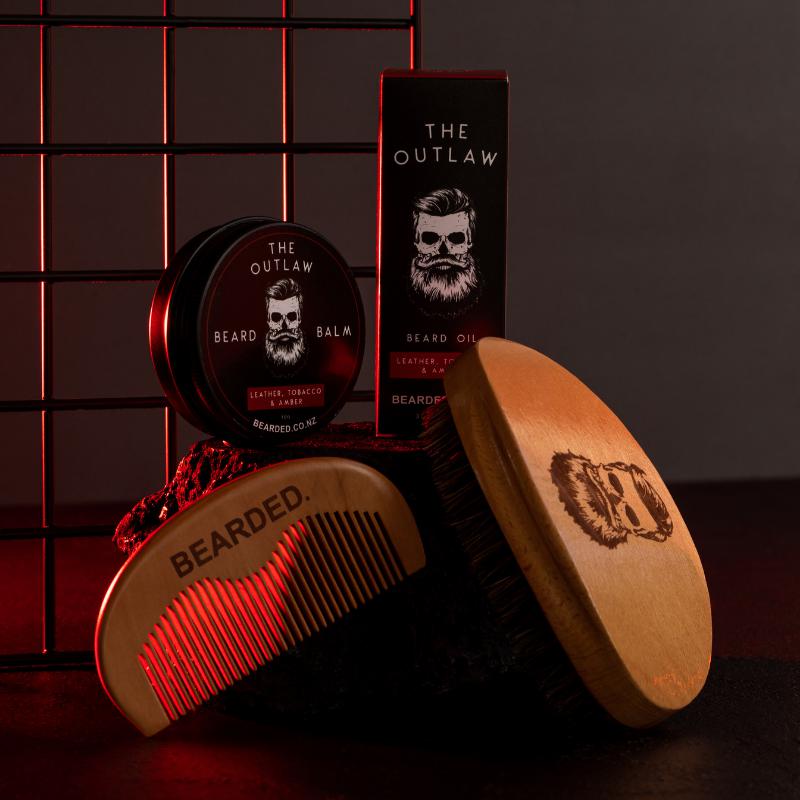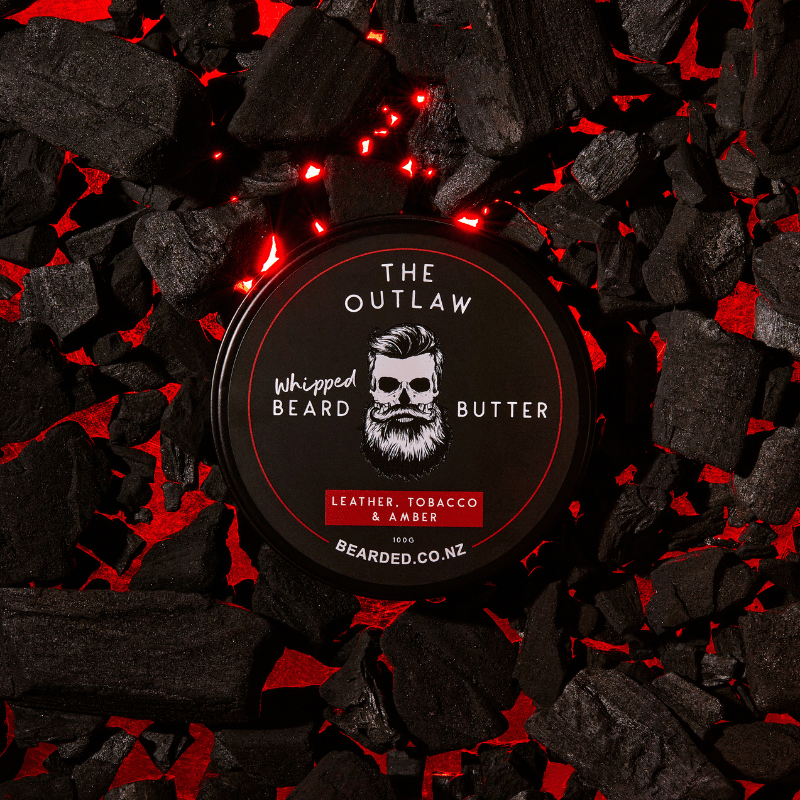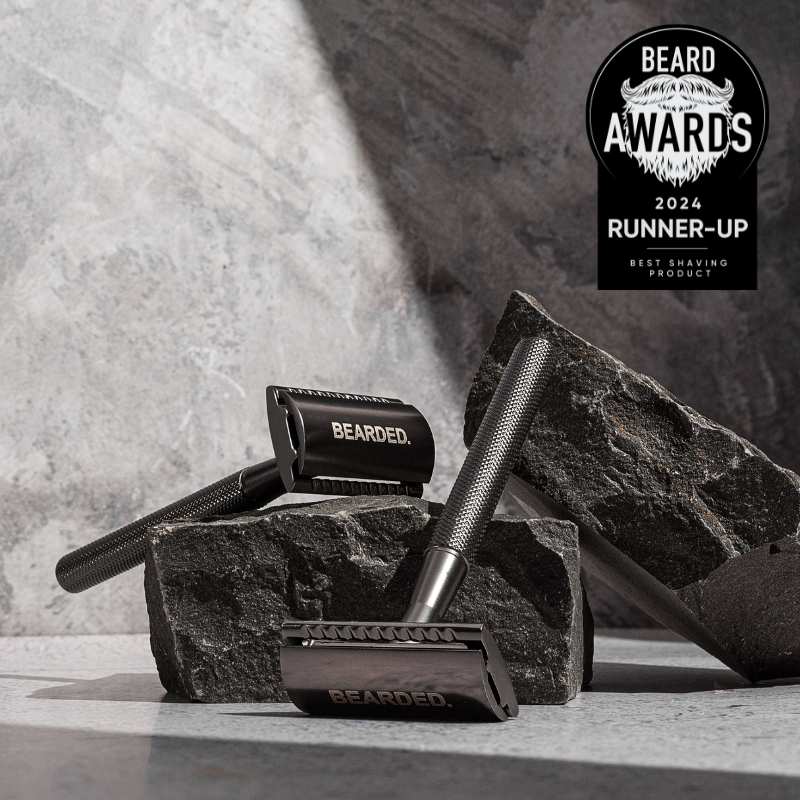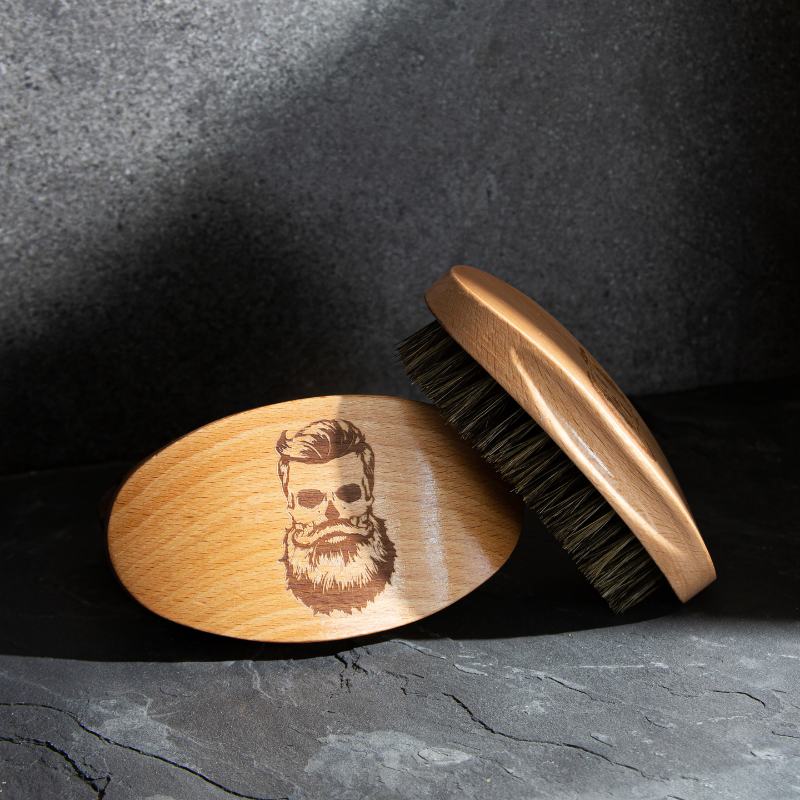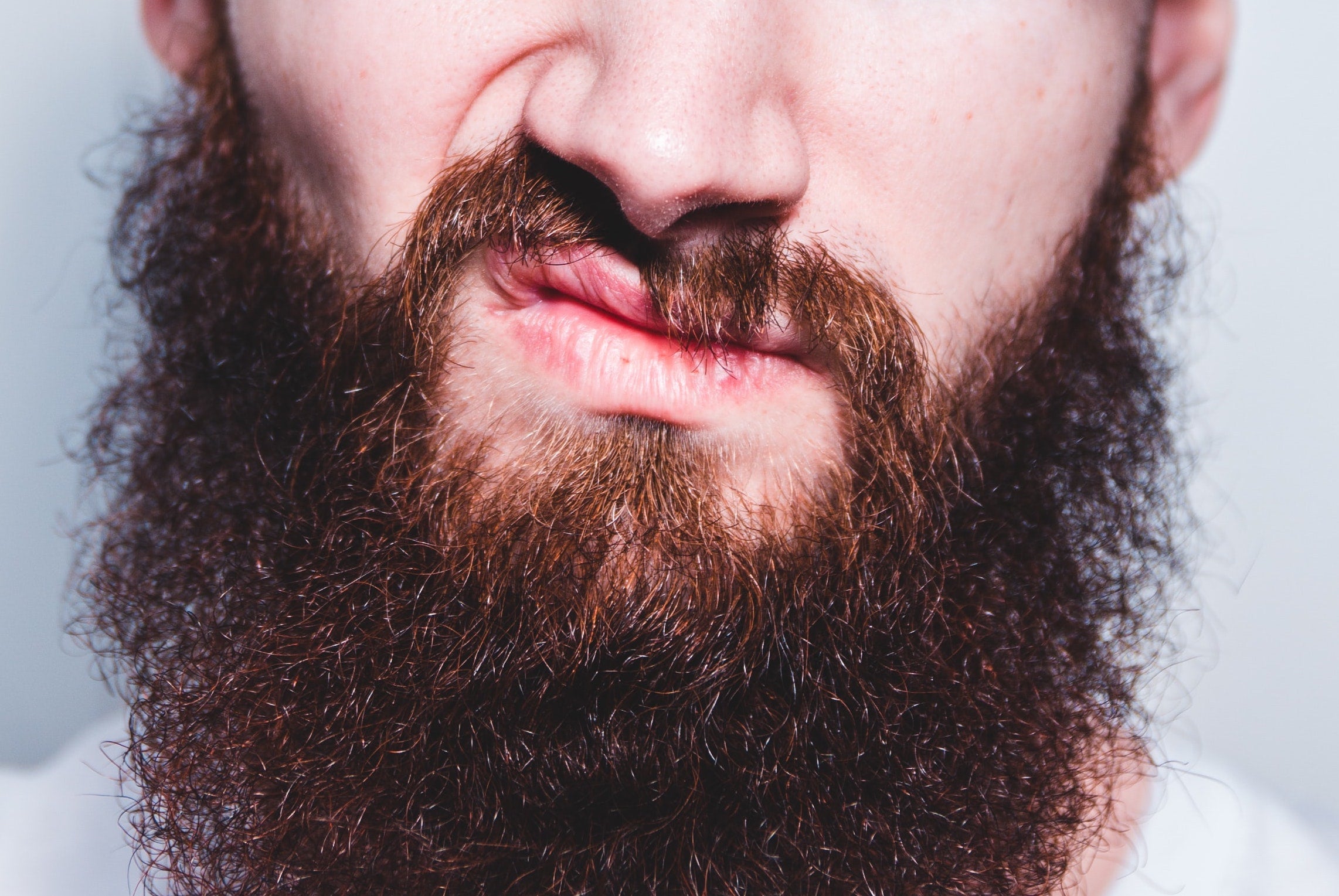
Ingrown hairs on your face?
You, dear Beardsman, are here for a reason. You’re here to learn the basics about ingrown hairs so you can prevent and treat them.
If you’ve developed a painful bump on your face, and you’re positive that it’s not a pimple, you’re probably suffering from the dreaded ingrown hair.
So what is ingrown hair?
Aside from being painful and visible, there are three kinds of ingrown hairs - when the hair curls and grows back into your skin after growing out of the pore, or when the hair grows sideways or in on itself because dead skin cells are clogging up your pore.
How does it happen?
An ingrown hair occurs when a hair that’s been shaved, waxed, or tweezed and it starts to curl and grow sideways into your skin instead of toward the surface.
They can also happen when your skin is dirty or when dead skin cells clog the hair follicles, forcing the hair to grow at a different angle under your skin. The likelihood of having ingrown hair increases if your hair is curly.
Signs of an ingrown hair include a red or raised bump, or you may have larger painful bumps similar to cysts or boils. Ingrown facial hair can also be itchy, uncomfortable, and unsightly.
In most cases, there are simple things you can do to improve your ingrown hairs and prevent them from happening.
1. Wash your face daily
Simply washing your mug with water may not be enough to prevent ingrown facial hair. It’s best to wash your face daily with a mild cleanser to remove any dirt or oil that’s clogging your pores. Make sure you rub your face as you wash in a circular motion to remove dead skin cells. You can also apply a warm flannel to your face a few minutes each day to open your pores and prevent ingrown hairs.
2. Improve your shaving technique
Poor shaving techniques also add to the risk of ingrown facial hair. Some people pull their skin tight while shaving, but this often results in cutting the hair too short which can make ingrown hairs worse. Make sure you shave in the direction of your hair to avoid cutting the strands too short e.g If you notice facial hair growing downward, shave in this direction.
3. Use shaving cream
Shaving a dry face is the best way to develop ingrown facial hair. Make sure you lather up fellas, and get our skin and hair as lubricated as possible. Prior to shaving, apply shaving cream and water to your face.
4. Apply beard balm or oil
In addition to taking care of your face before and during a shave, you should take care of your skin after shaving. Applying a balm or oil can keep your skin and facial hair soft between shaves.

